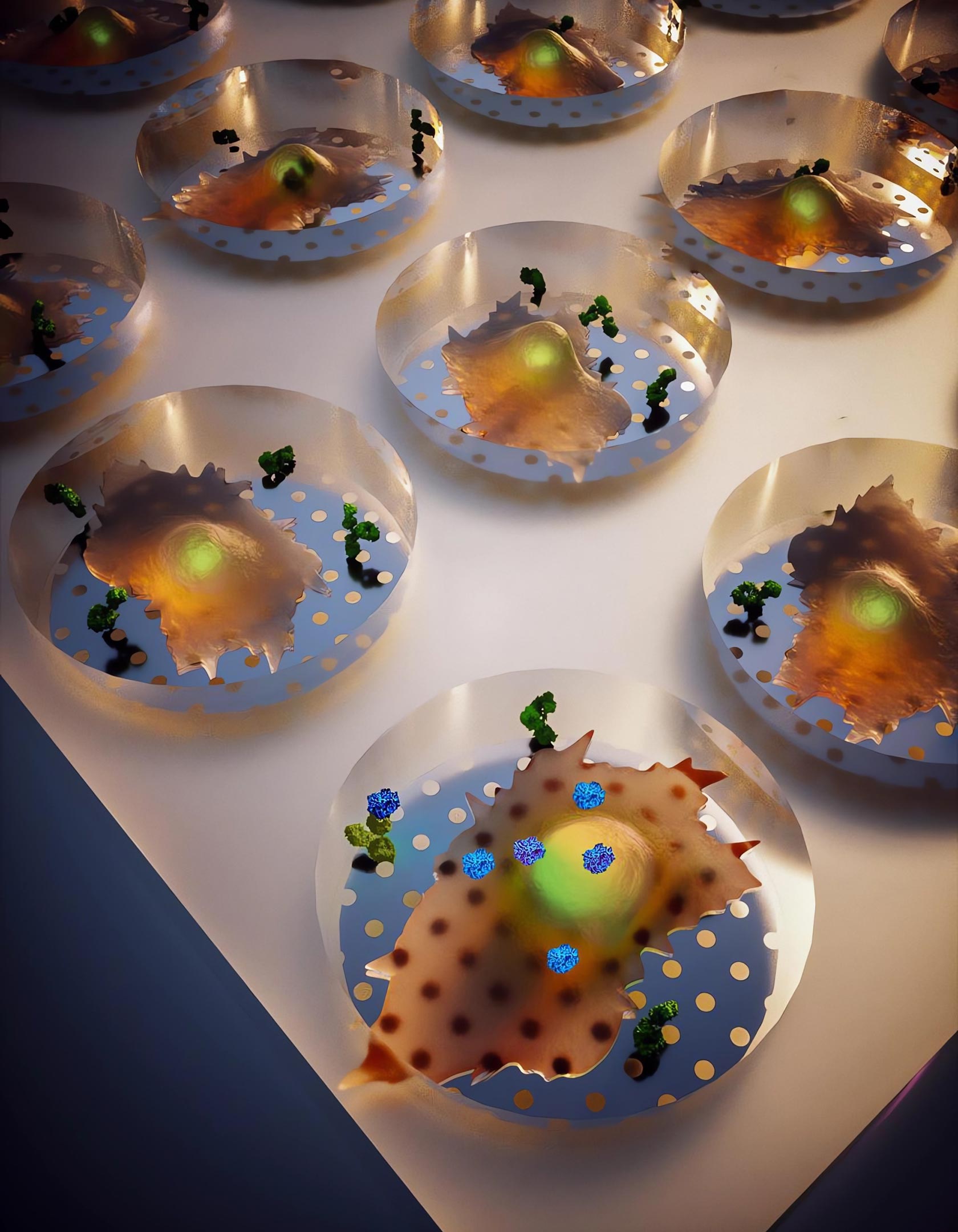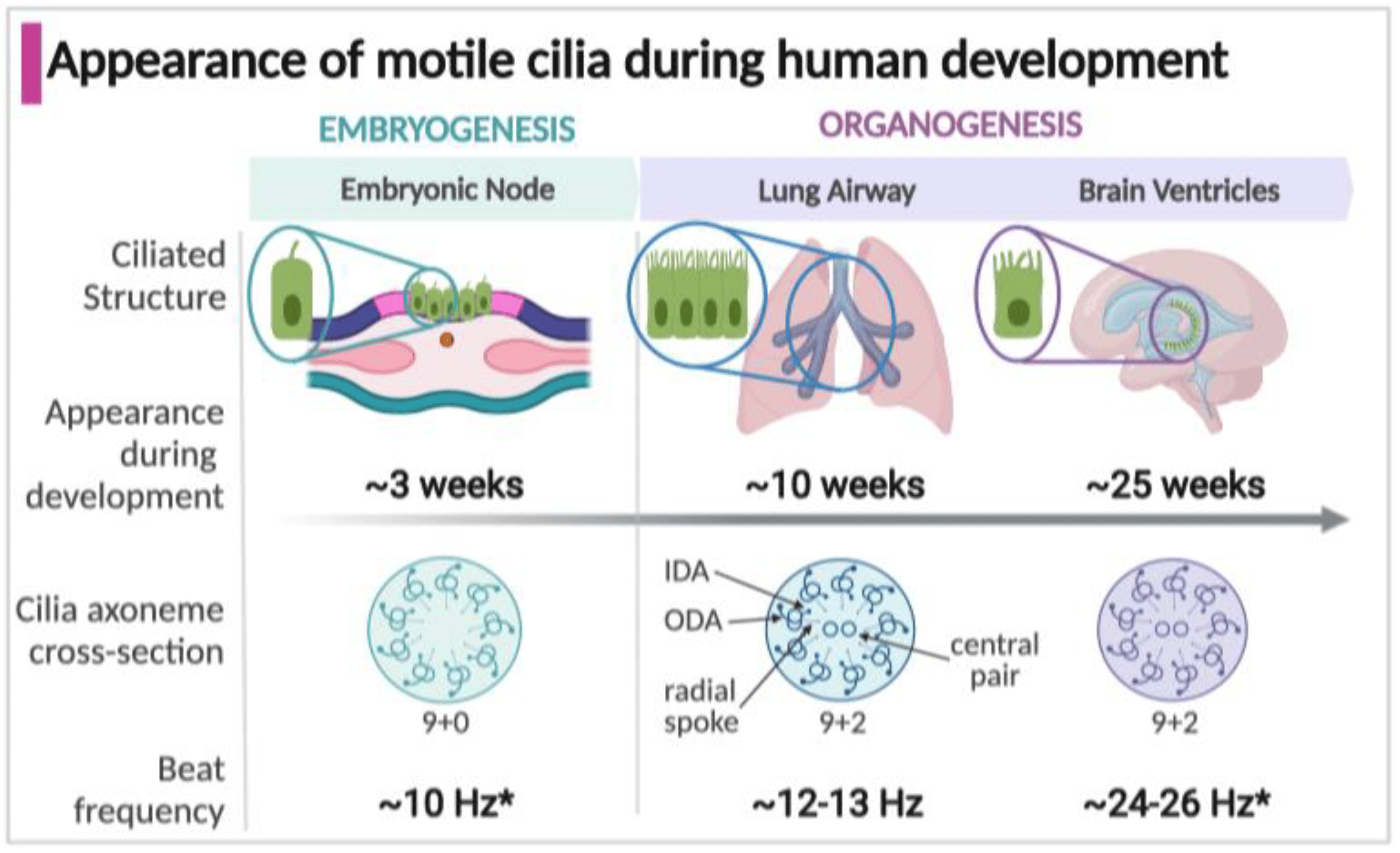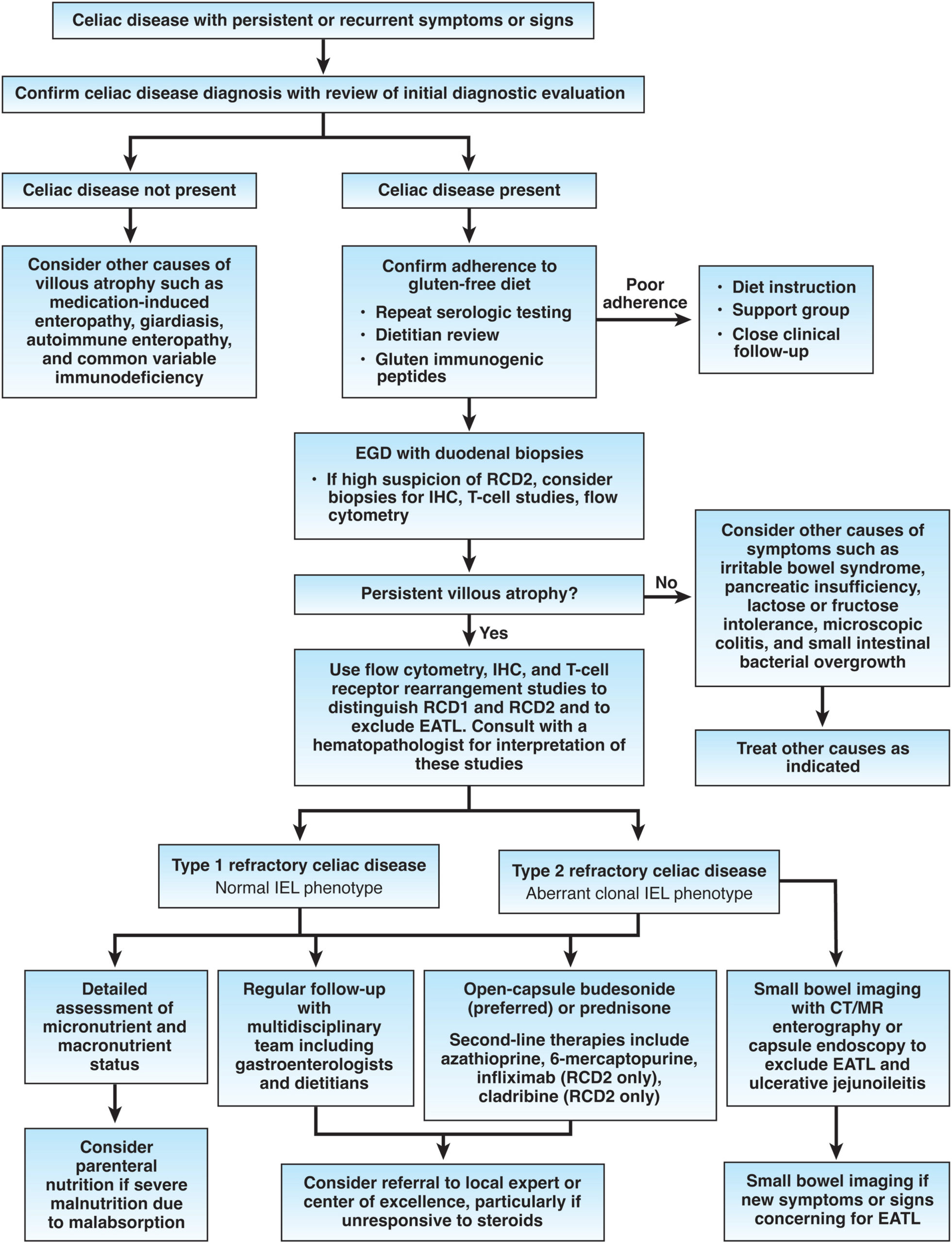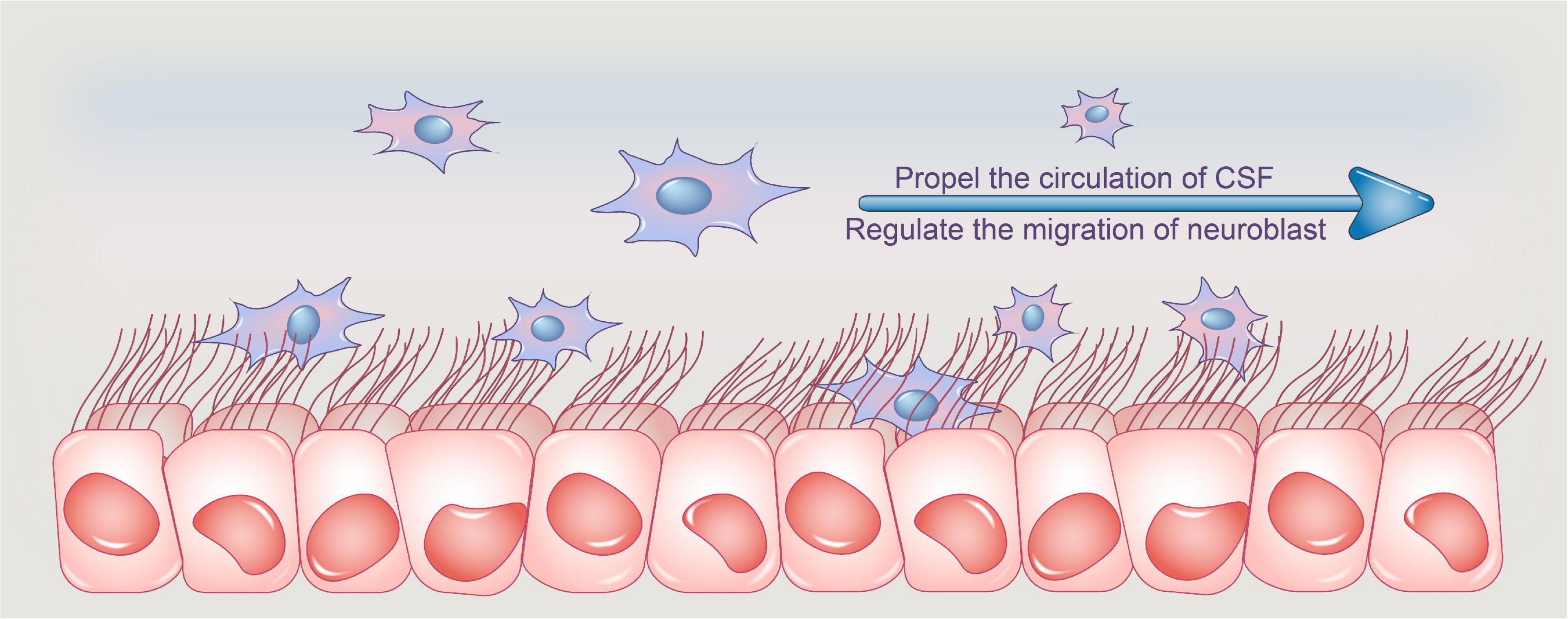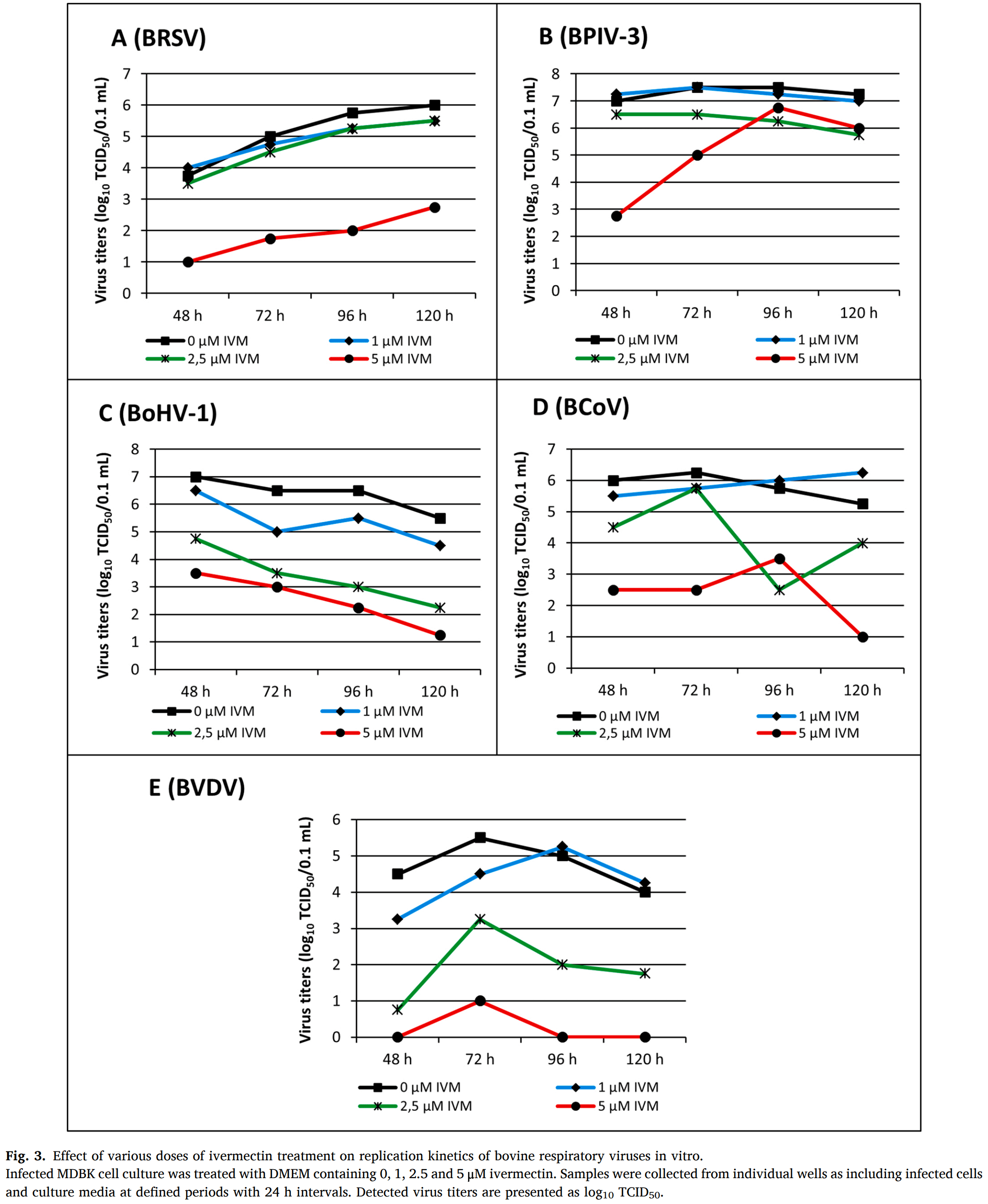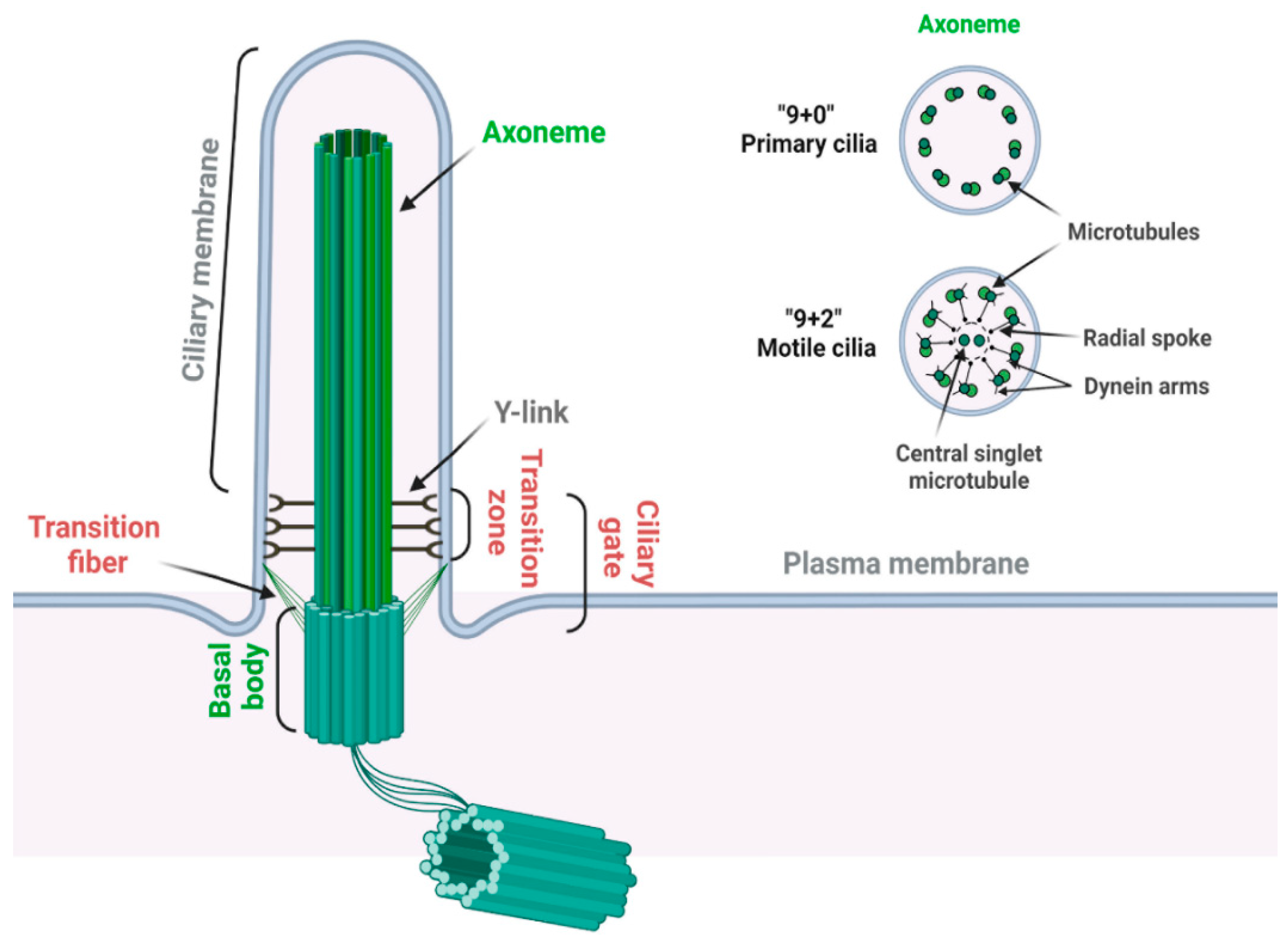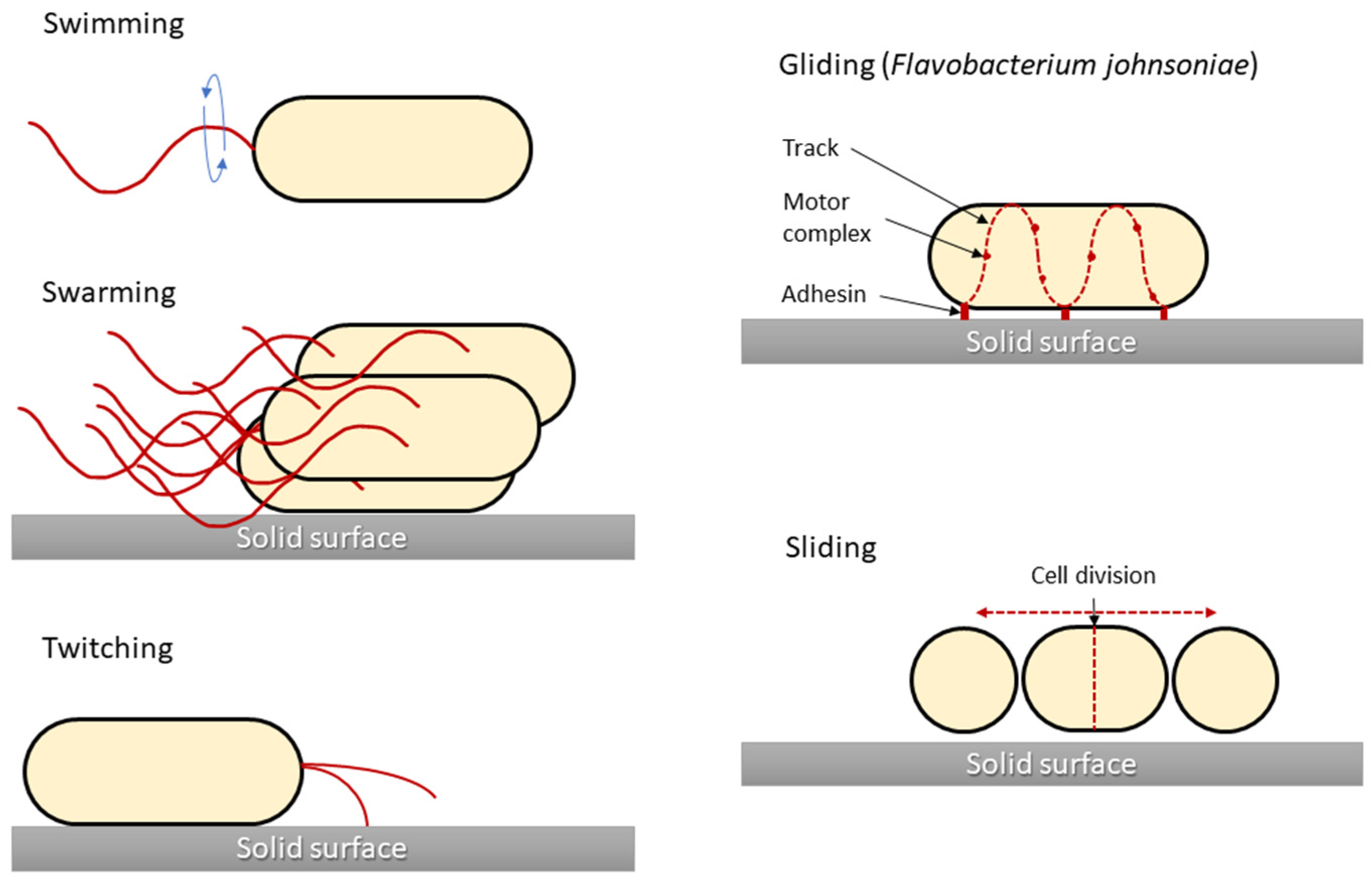The correct option is c gut of female anopheles malaria is a mosquito-borne infectious disease affecting humans and other animals caused by plasmodium species. In the female anopheles … Cyanophyceae (blue green algae) reproduce by simple division/fragmentation or nonmotile spores and do not exhibit any motile phase during the life cycle. A motile asexual spore produced by some algae, bacteria and fungi are akinetes. D. cyst – a thick walled … Thin-walled non-motile spores are called zoospores. A. zoospores – flagellated, motile spores b. aplanospoers – non flagellated,motile spores. C. conidia – spores formed exogenously on the conidiophores. Question which motile-stage of protozoa is helpful in feeding? Pseudopodium flagella cilia tentacles Which of the following statements is true?
Motile Cells: The Future Of Disease Treatment?
The correct option is c gut of female anopheles malaria is a mosquito-borne infectious disease affecting humans and other animals caused by plasmodium species. In...
